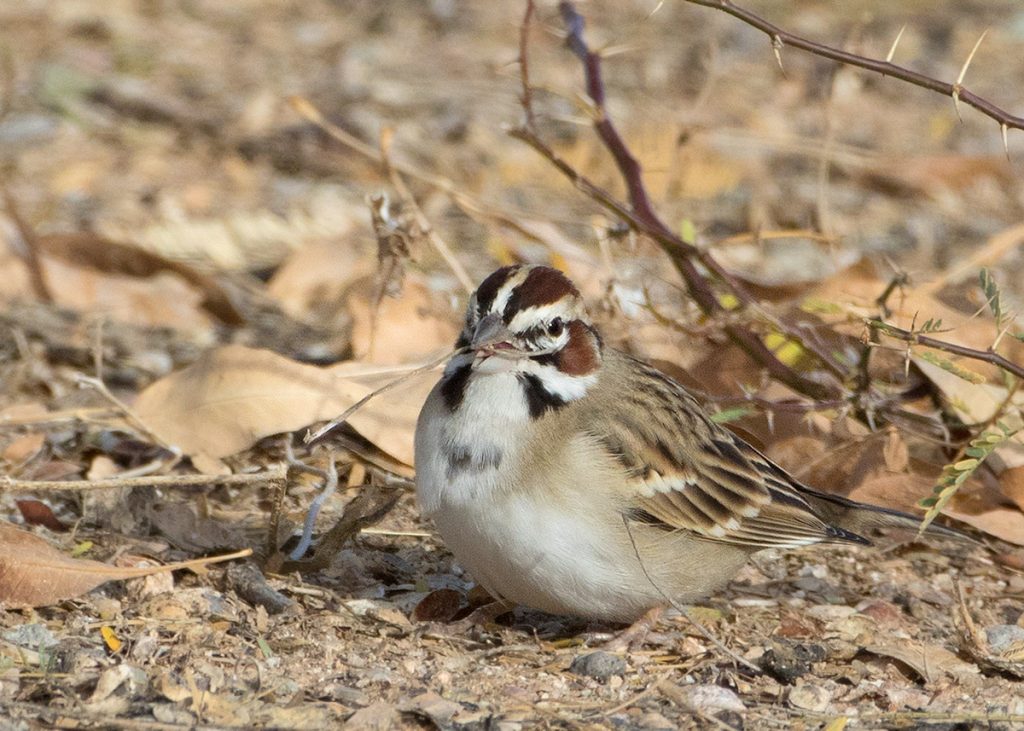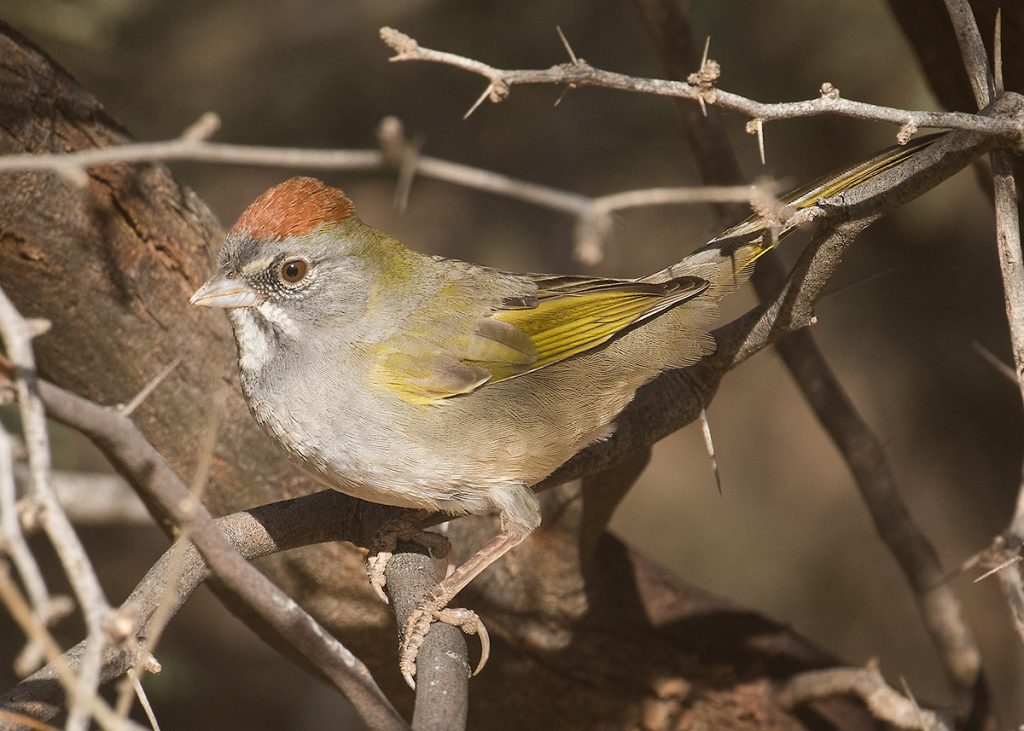It has been a long time since I’ve posted anything, due mostly to not having much to post. It has been poor for astrophotography and not much for new birds. Of course, this time of year is very slow for herps and butterflies. So, I just go for hikes, read books, find what birds I can and try to get some good photos. This is turning out to be a fairly wet winter and the hope is that the spring bloom will be a good one. As always, right click and open in a new tab to see a larger image.

The distance is around 180-200 million light years, and its apparent size is 4’x3′; it is the largest member of a small group of ten galaxies. At this size, it is very small for astrophotography so I’m pleased with how it turned out. None of the stars in this image would be visible to the unaided eye and most would be invisible even with binoculars.
It is also classified as Arp 184 (Arp is the Atlas of Peculiar Galaxies). The strange shape of this galaxy has never been completely explained. There is no trace of an interaction with a companion. There are other background galaxies about which I know nothing, the distances must be much greater.






2 replies on “Time for an Update”
Arp 184- A peculiar galaxy. Once again I’m learning something new. It does look odd shaped. I’m always amazed at how many other galaxies are in your photos. They must be nearly as uncountable as the stars.
There are a lot of galaxies! Estimates are around 200 billion galaxies in the universe, each with an average of 100 million stars. Tonight, I’m working on the Flame Nebula, for the last 3 nights I’ve been collecting photons from the Headphone Nebula, a planetary nebula.